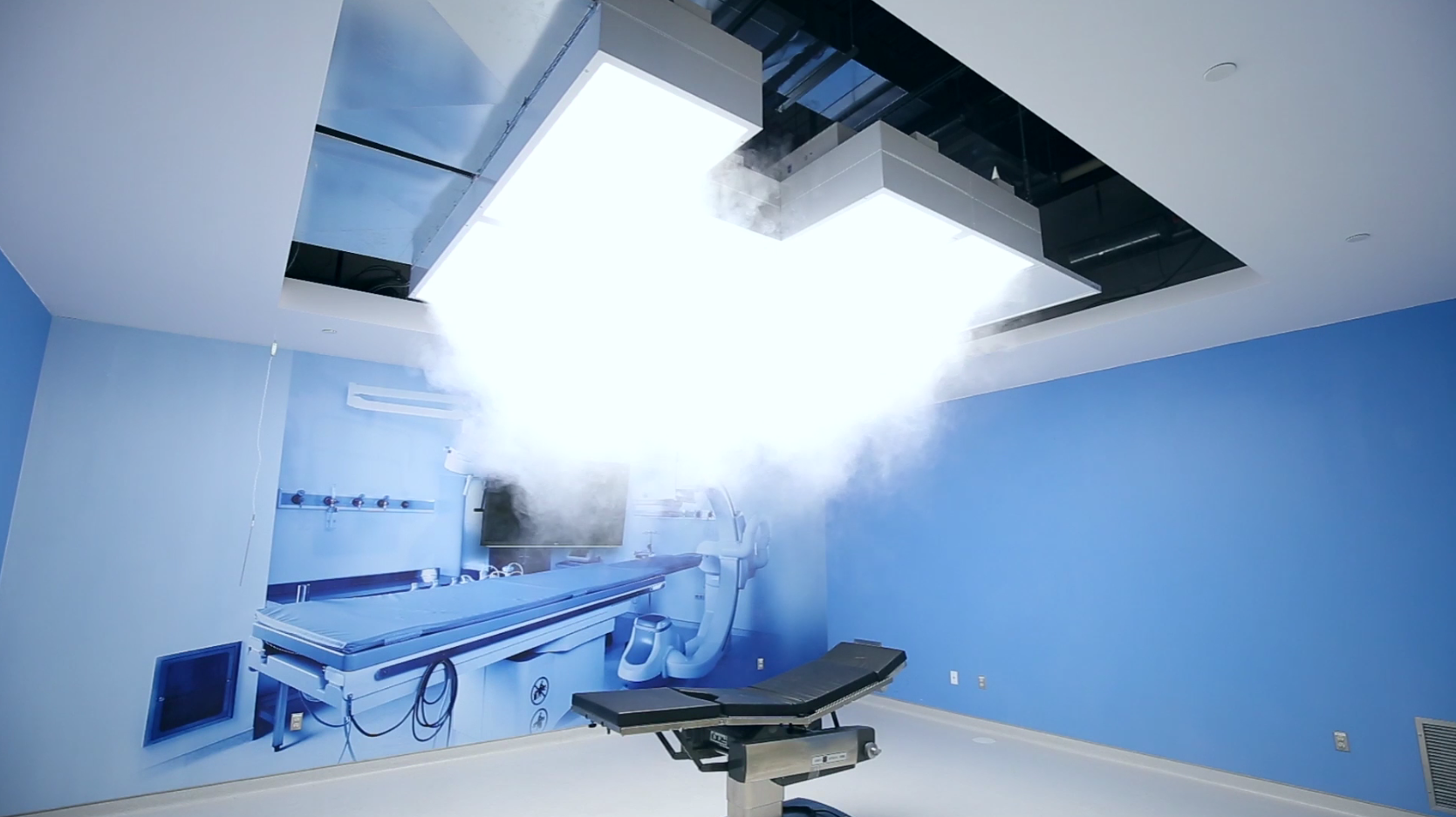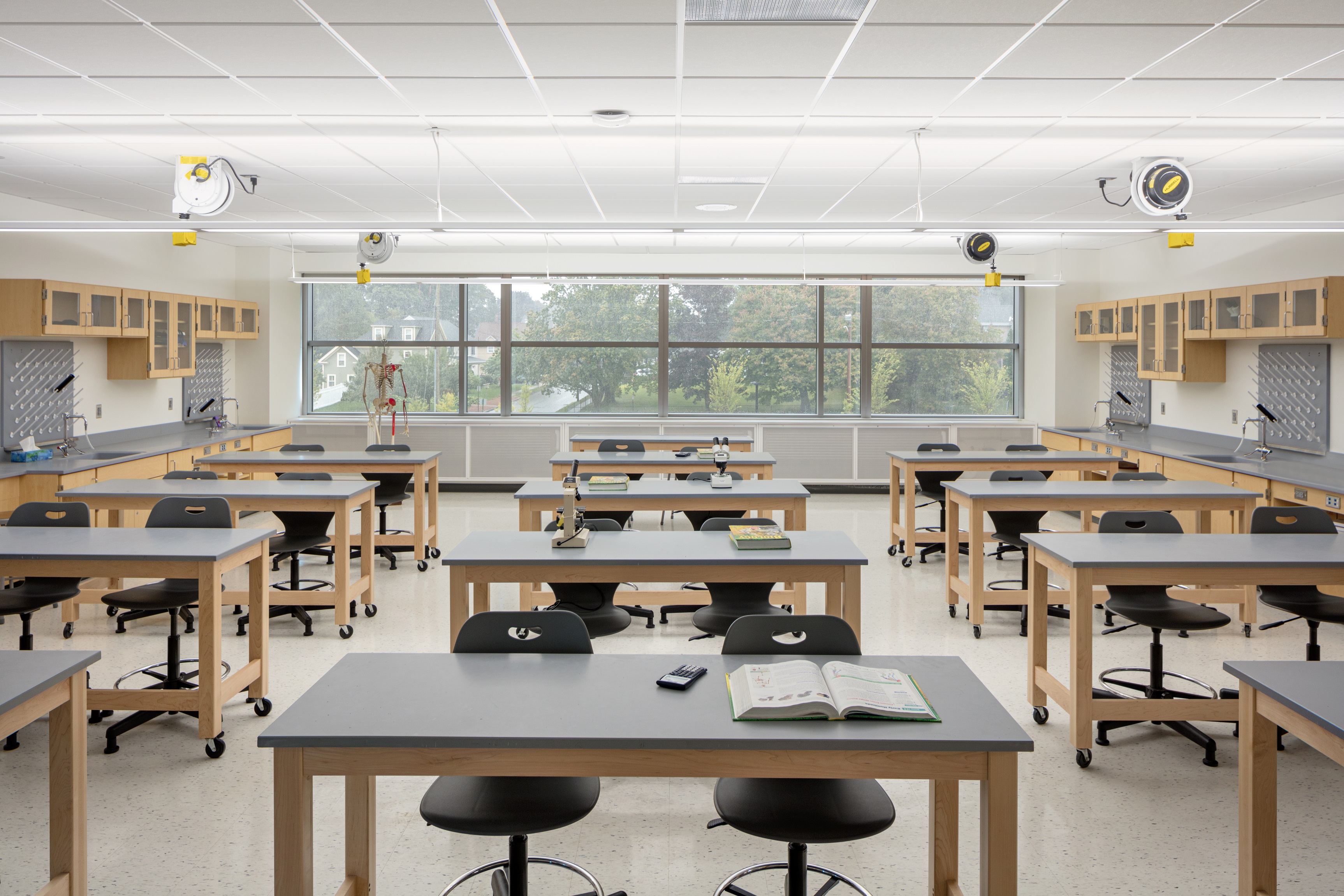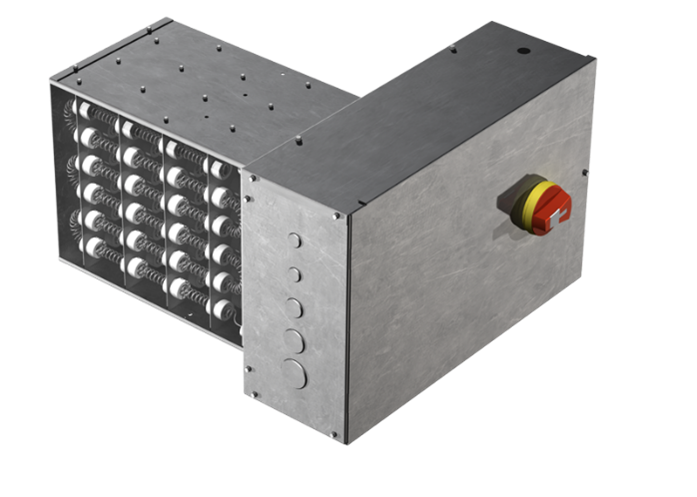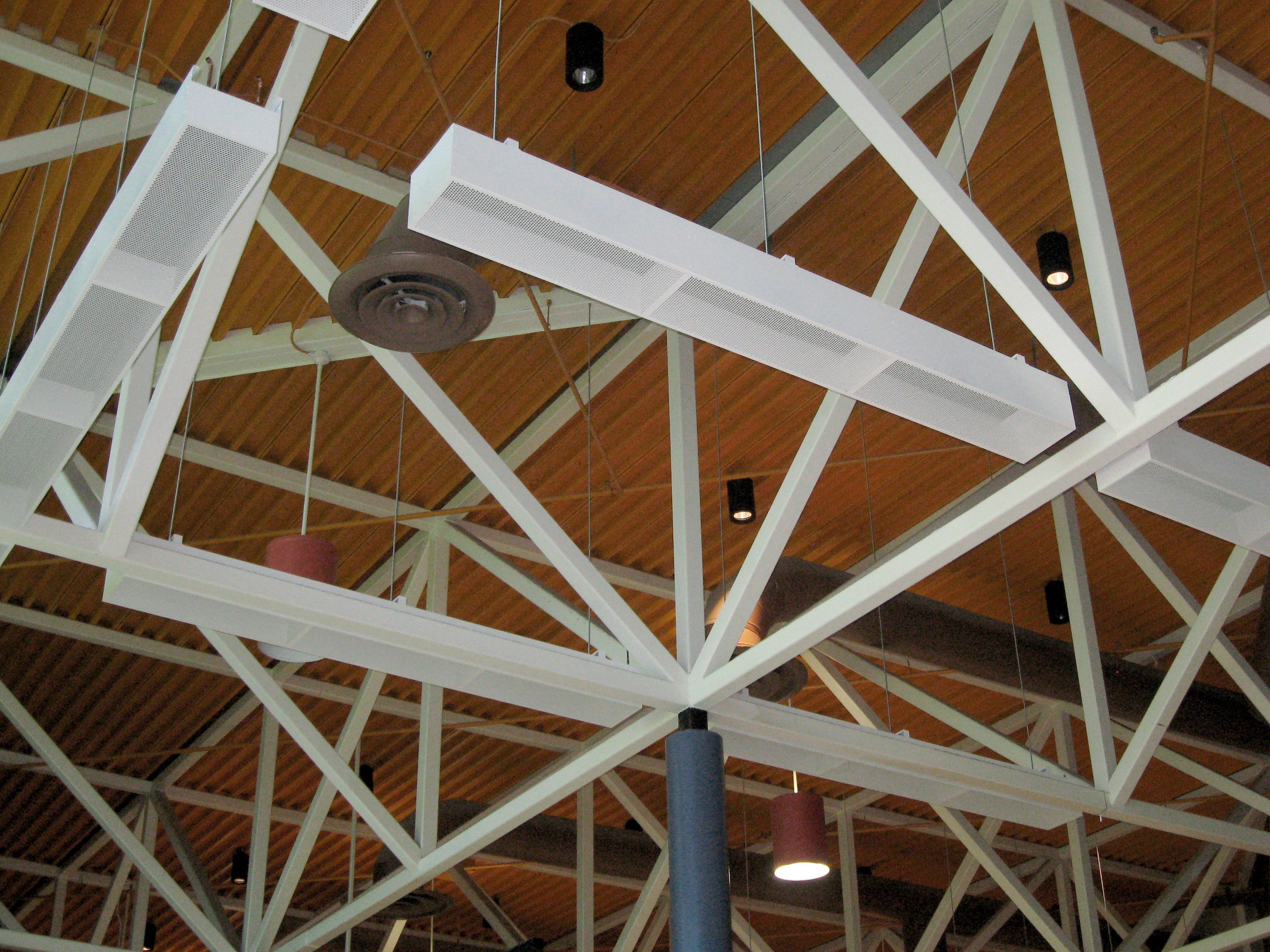Examining the Science of Laminar Flow and How It’s Used in HVAC Applications
Laminar flow is a type of fluid motion characterized by smooth parallel layers, or laminae, that can slide relative to each other with little to no mixing. This is in contrast to turbulent flows, where chaotic changes in pressure and velocity can be observed as vortices, or eddies (reverse swirling currents), and where much more mixing occurs within the fluid.







